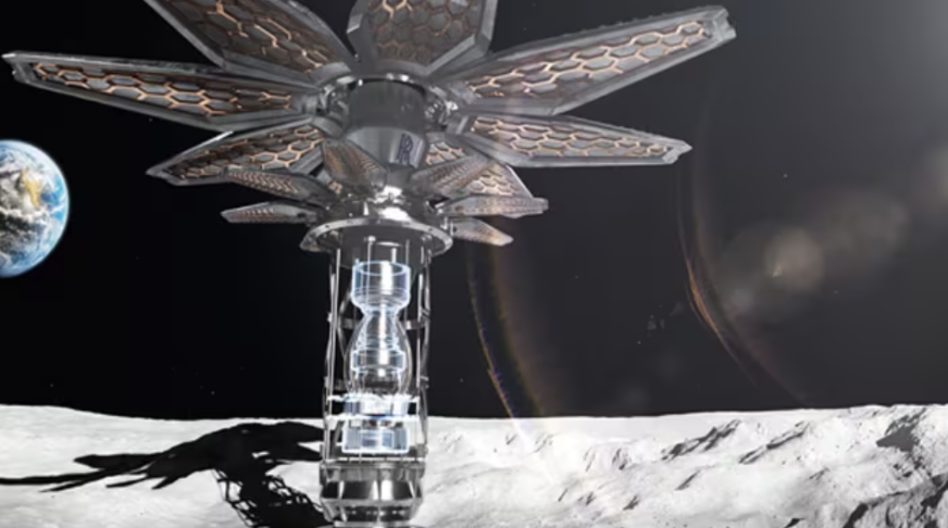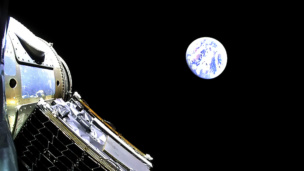The UK Space Agency has awarded Rolls-Royce £2.9M ($3.5M) to continue development of a lunar nuclear reactor. Under the contract, UKSA and Rolls-Royce are aiming to get a demo model on the Moon’s surface by 2029. The agency previously funded a £249,000 (~$305,000) study last year.
The micro-reactor program
A bet on nuclear energy is seen as a way to wean future crews and robotic systems off of solar energy.
- Rolls-Royce’s micro-reactor program is investigating how nuclear power could one day serve as a long-term energy source for a permanent moon base.
- The engine manufacturer is working with Oxford, Bangor, Sheffield, and Brighton universities to help it field a demonstration model by 2029.
The research zeroes in on three key areas:
- Generating heat/the fuel used to generate heat
- The method transferring that heat
- Technology that can convert the heat into usable energy (AKA electricity)
Ensuring the micro-reactor will be ready to operate in an unforgiving lunar environment is also a focus area.
What are micro-reactors?
Modular micro-reactors are 100X to 1,000X smaller than conventional reactors. The relatively small and lightweight systems can provide continuous power despite location, available sunlight, and other environmental factors. Micro-reactors can likely generate enough energy to power communications, life support, and experiments.
Rolls-Royce’s nuclear efforts
- Apart from space-focused nuclear research, Rolls-Royce is also building up to 16 small modular reactors (SMRs) to provide low cost clean energy in the UK.
- It previously sold two of its nuclear businesses in 2019 and 2021, and has provided nuclear submarines for the UK Ministry of Defence through a subsidiary.
The world’s second largest aircraft engine manufacturer is no stranger to nuclear energy.
Other nuclear moon projects
Last summer, NASA and the DOE funded three projects to develop a fission surface power system by 2030 with the ultimate goal of supporting the Artemis program. In addition, NASA and DARPA will spend hundreds of millions to test a nuclear fission-powered thermal propulsion system on a spacecraft before the decade is out.




